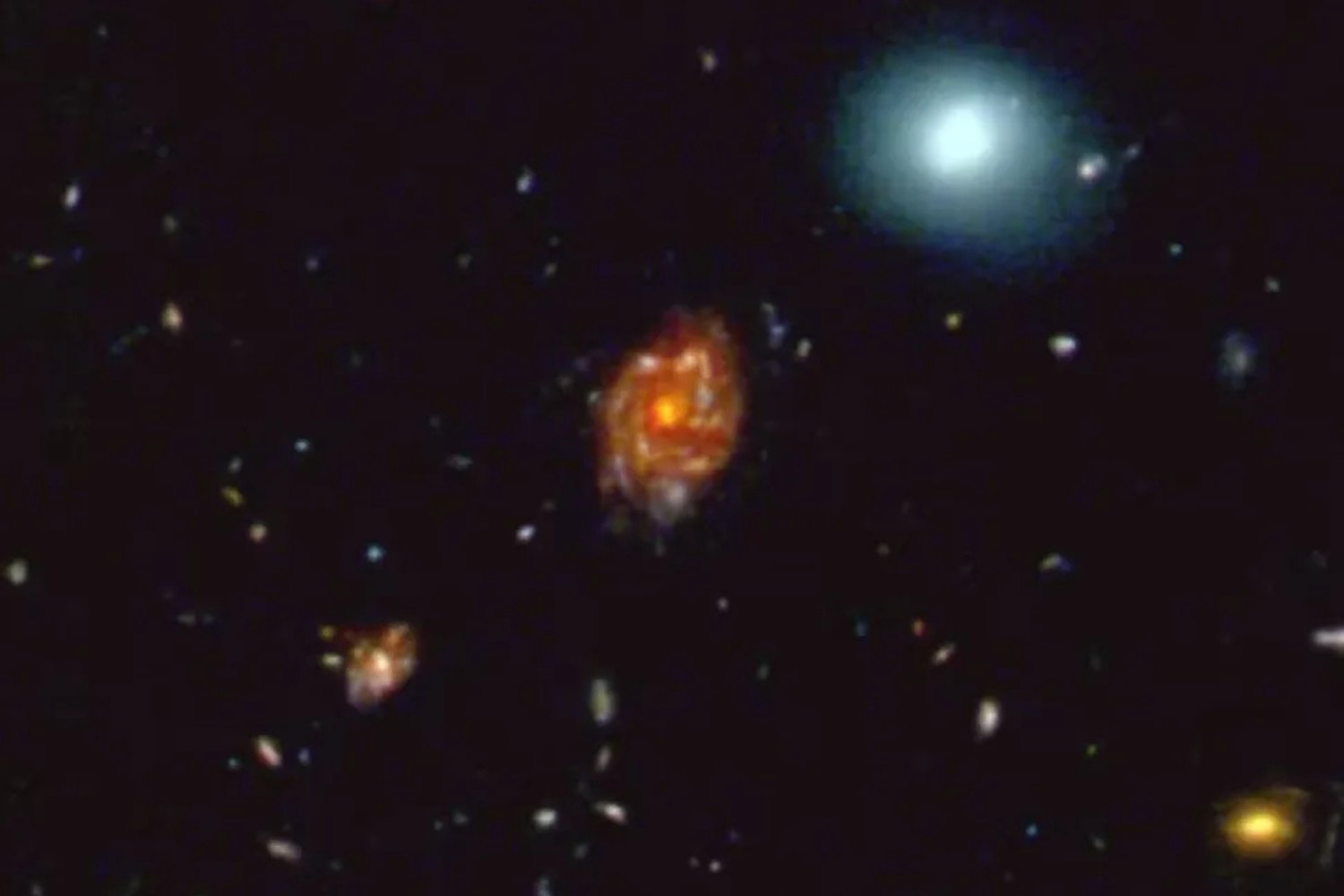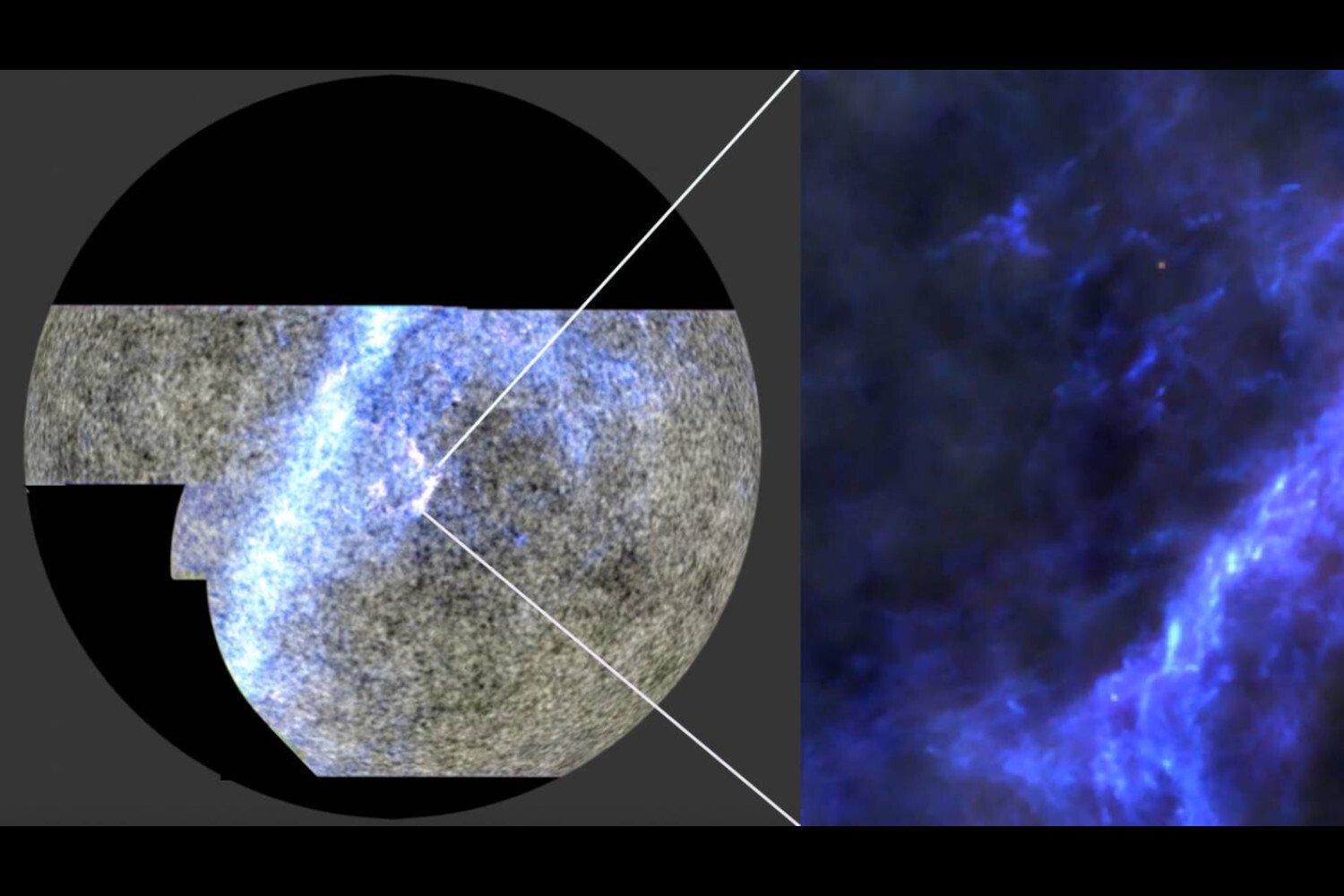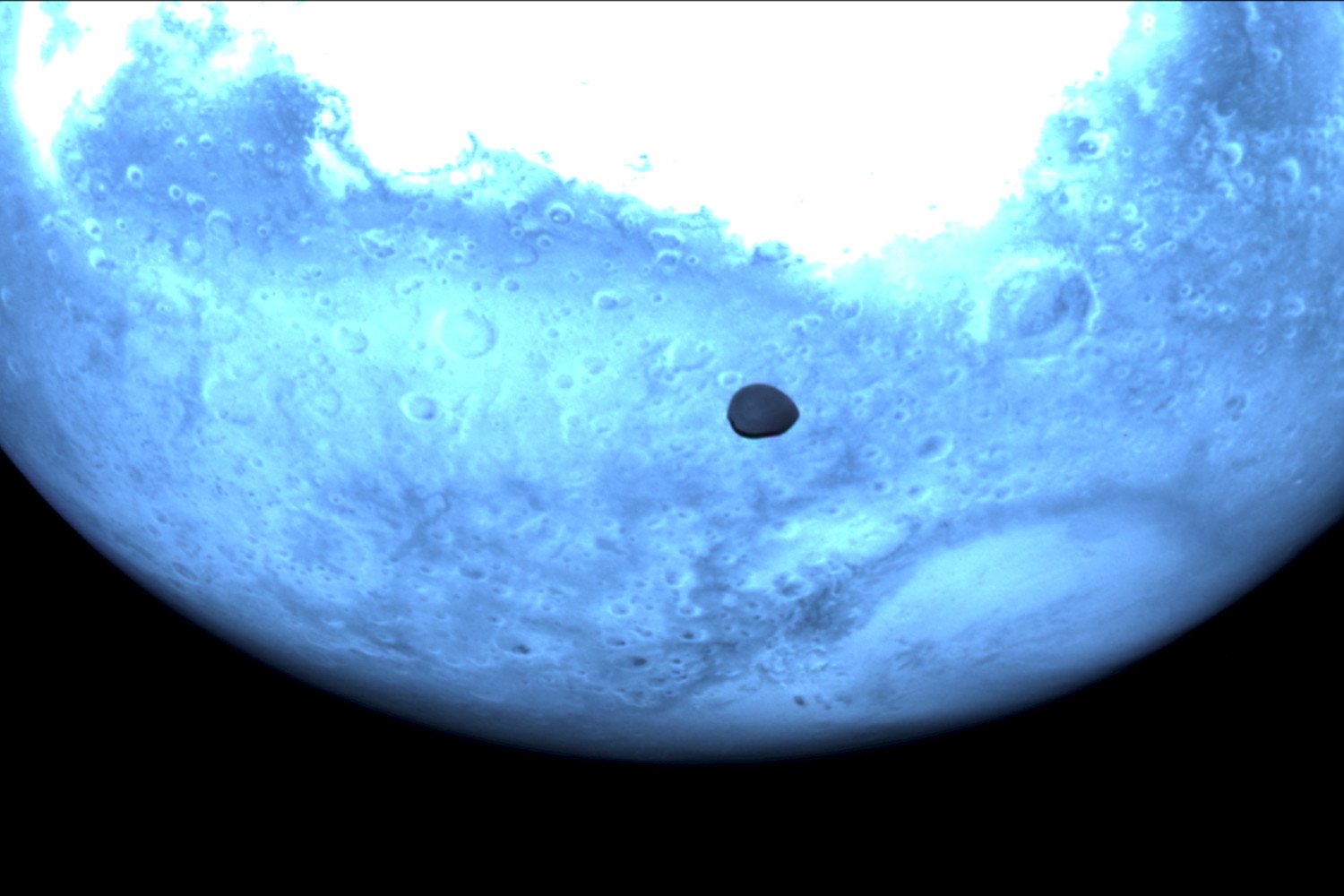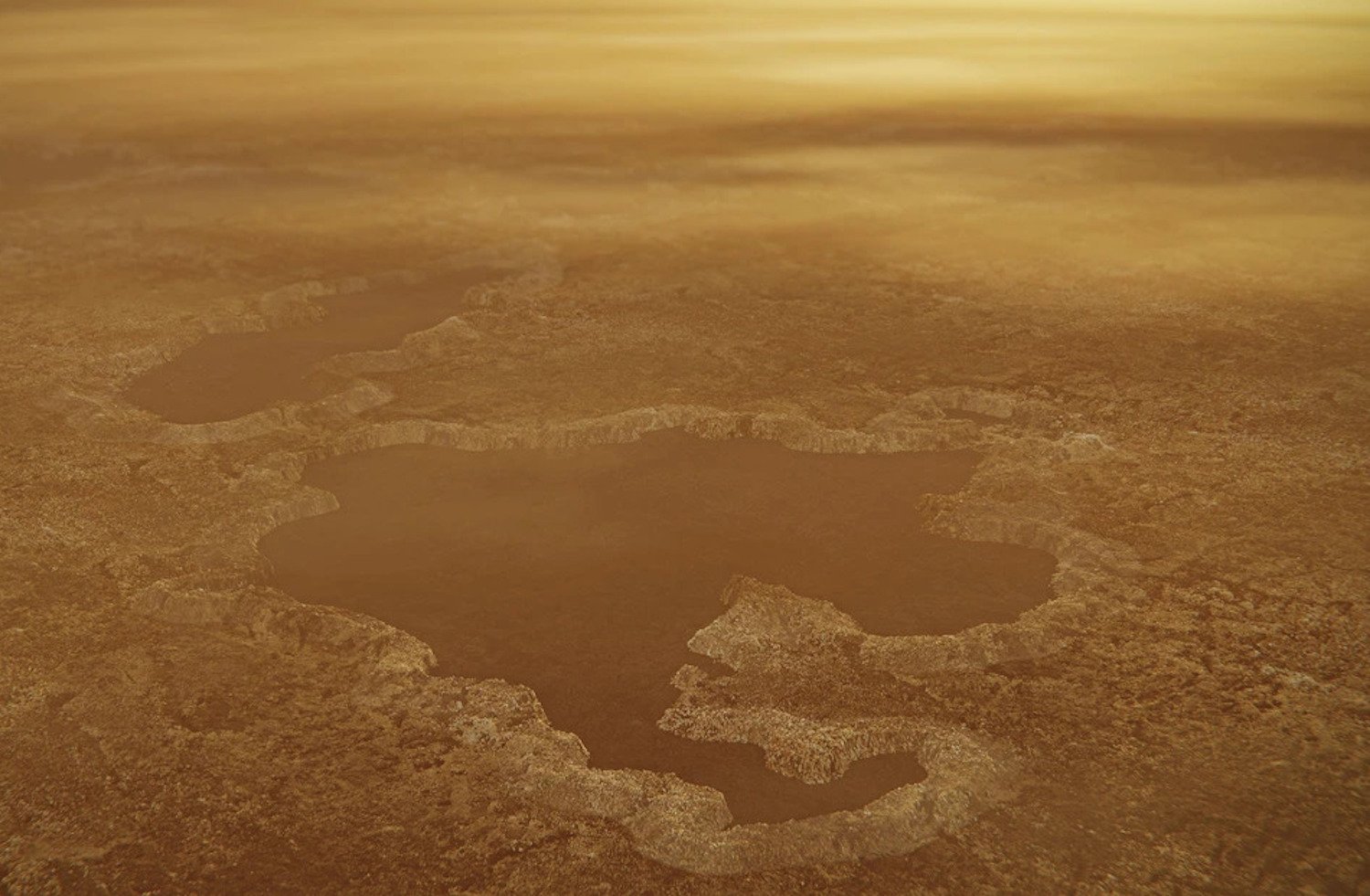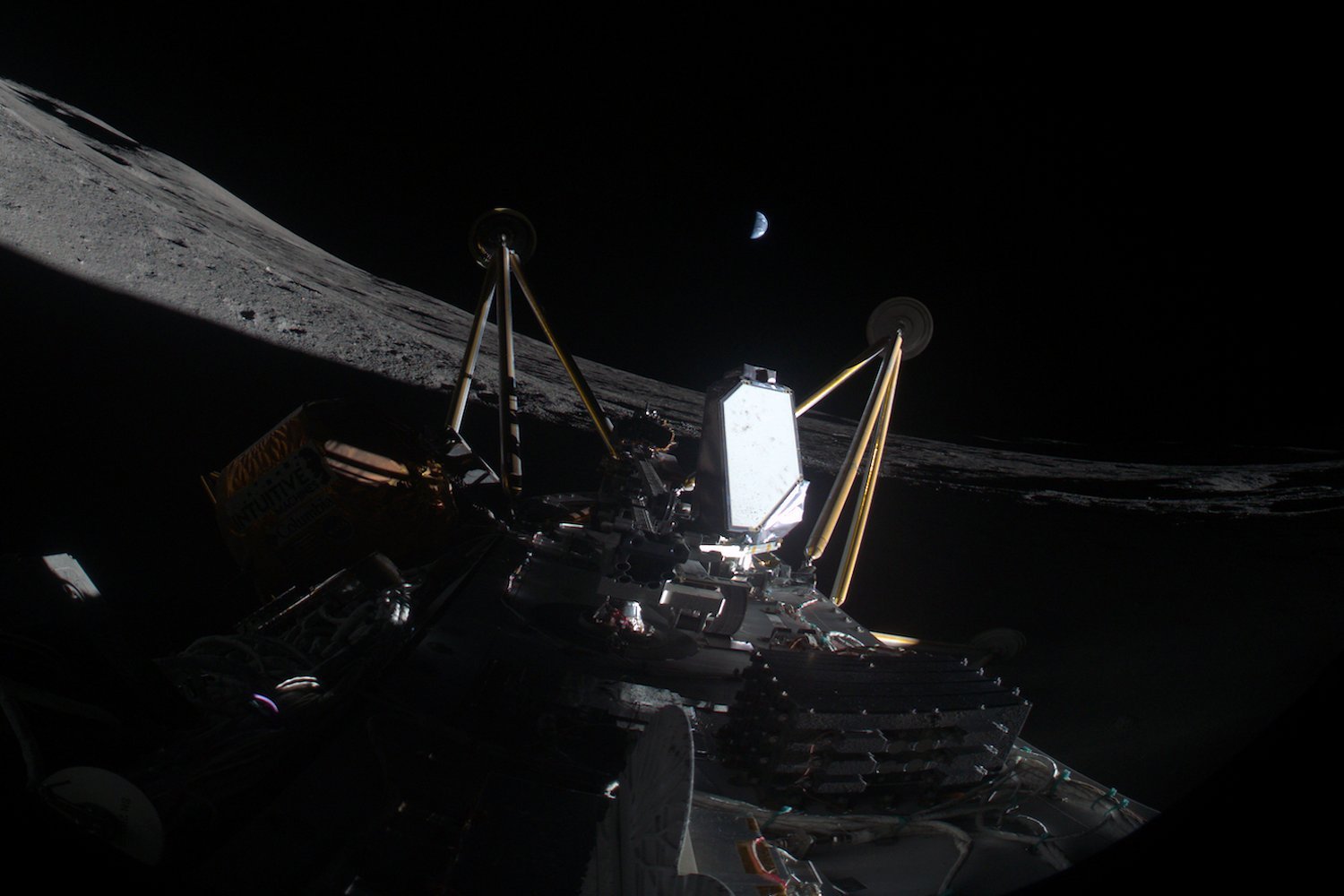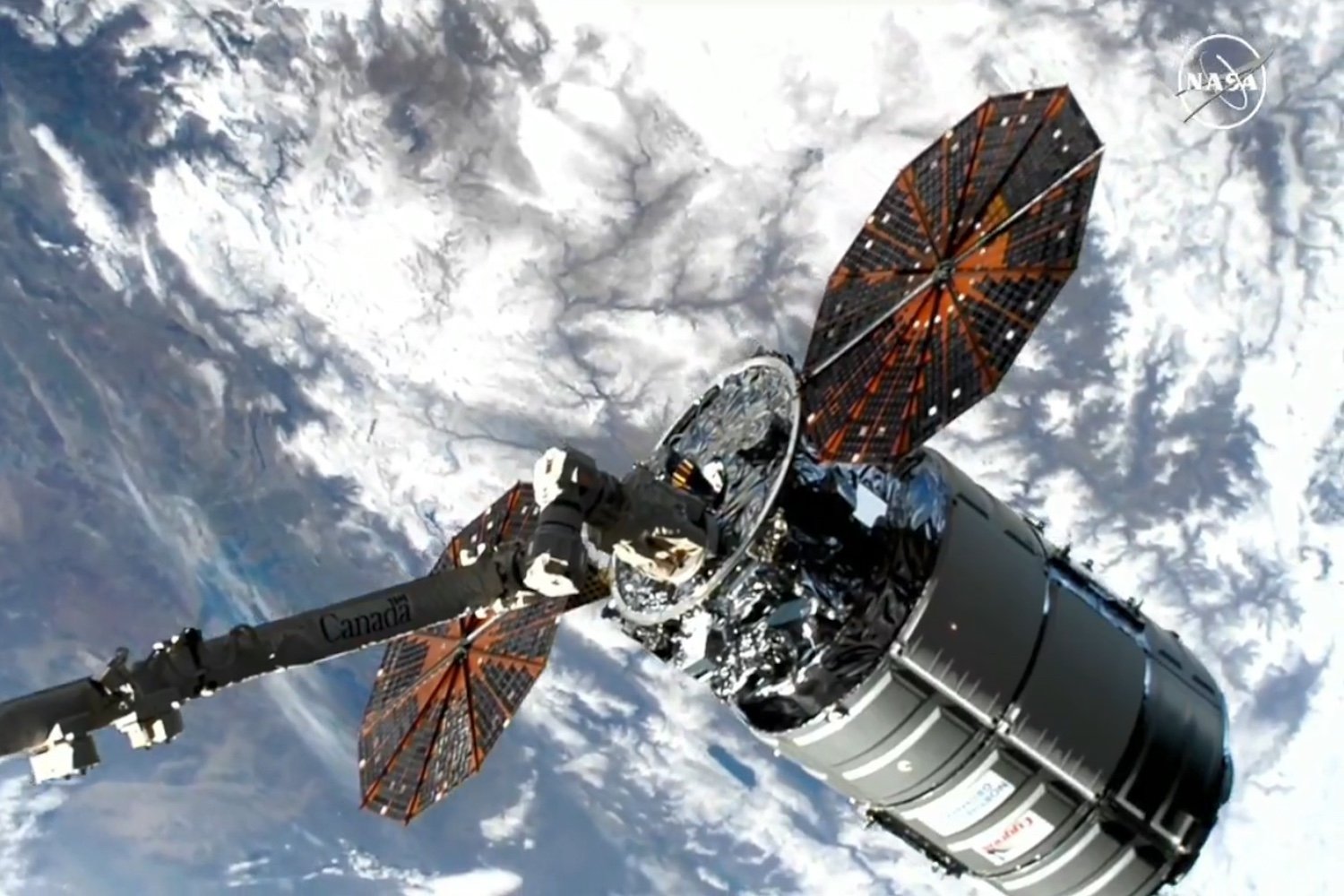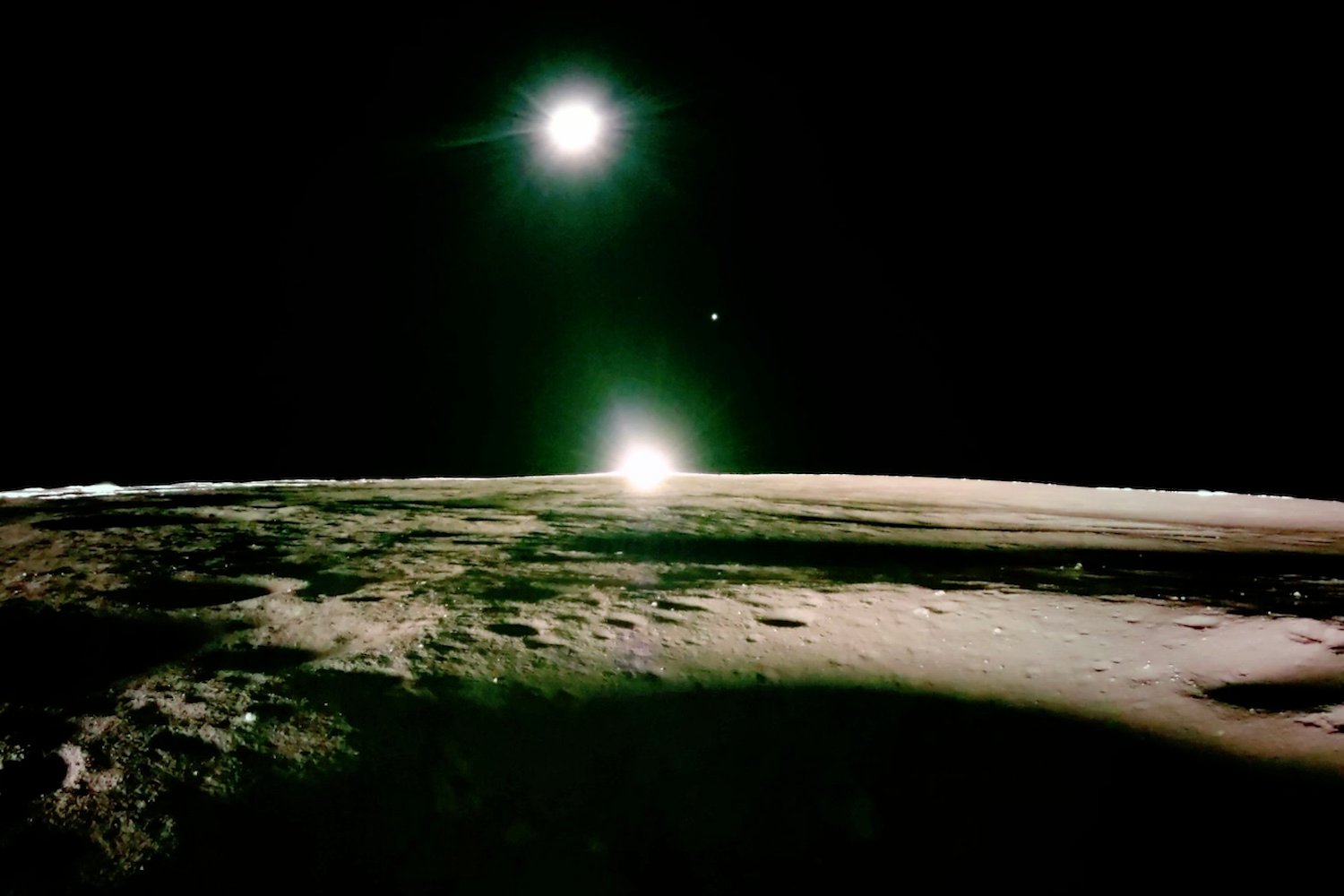The James Webb Space Telescope (JWST) has unveiled a massive galaxy, nicknamed the “Big Wheel,” in the early universe, providing intriguing insights into galactic formation. This vibrant orange disk galaxy, dating back to within the universe’s first two billion years, is surprisingly developed for its age, raising questions about how galaxies evolve.
A Galactic Giant in a Crowded Cosmos
The Big Wheel’s discovery, published in Nature Astronomy, highlights its remarkable size and mass, comparable to today’s largest disk galaxies. Its location within an exceptionally dense environment, characterized by frequent galactic mergers and interactions, may have played a crucial role in its development. This “old city” of the cosmos offers a unique glimpse into the universe’s early history.
A Chance Discovery with Significant Implications
Finding a galaxy like the Big Wheel was a stroke of luck, with a less than 2% chance of detection according to current galaxy formation models, as noted by Themiya Nanayakkara, a senior scientist at Swinburne University of Technology’s JWST Australian Data Centre, in The Conversation. This serendipitous discovery offers invaluable data for understanding early galaxy evolution.
Size and Scale: A Cosmic Perspective
The Big Wheel’s stellar disk spans approximately 30 kiloparsecs, or nearly 98,000 light-years across, rivaling the Milky Way’s diameter. Its immense distance, about 50 times farther than a nearby blue galaxy seen in the same image, emphasizes its true scale.
Future Research and the Webb Telescope’s Promise
The Big Wheel’s dense environment suggests it may be a precursor to the massive galaxies found in present-day galaxy clusters. Further research with the JWST will be essential to determine the prevalence of such giant disks in the early universe and their connection to today’s galactic structures. The Webb Telescope’s unparalleled observational capabilities will continue to shed light on the mysteries of galaxy formation and evolution, providing invaluable insights into the universe’s early epochs.
Conclusion: Unveiling the Ancient Universe
The discovery of the Big Wheel galaxy highlights the JWST’s power to uncover the secrets of the early universe. This massive and surprisingly developed galaxy challenges existing theories of galactic formation and opens new avenues for research. Further observations with the Webb Telescope promise to reveal more about the Big Wheel’s unique characteristics and its role in the evolution of the cosmos.



